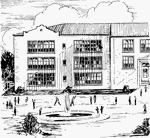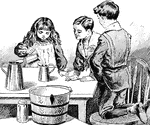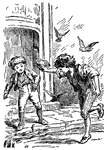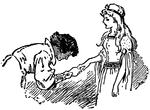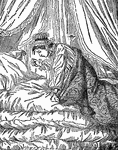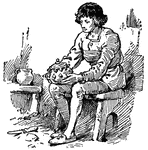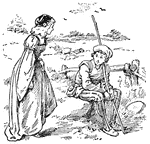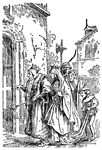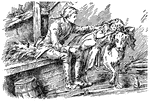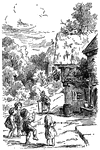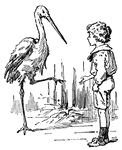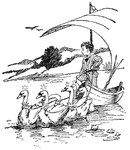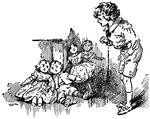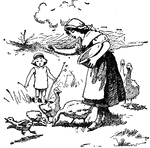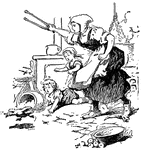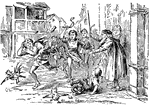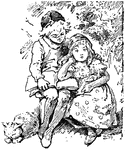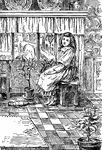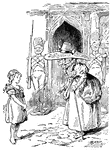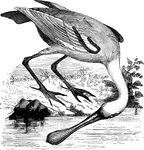
Roseate Spoonbill
Drawing its name from the widing of its bill towards the tip, the spoonbill frequents coastal and marshy…
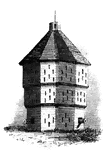
Fort Plain
Fort Plain block-house. There is considerable confusion in the accounts concerning Fort Plain, for which…
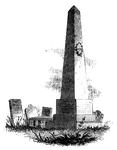
Caldwell's Monument
Caldwell's monument. The following are the inscriptions upon the Caldwell monument: East Side: "This…
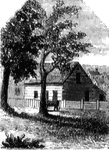
Red House
The Red House. The "Red House" is situated upon the street in Wilkesbarre next the river, and about…

Floating Battery
"American Floating Battery. I am indebted to the kindness of Peter Force, Esq., of Washington city (editor…

Society of the Cincinnati
"Society of the Cincinnati, member's certificate. This engraving is a fac simile of a certificate, about…

Walnut Street Prison
"The Walnut Street Prison. This edifice was erected in 1774, and taken down in 1836. The beautiful new…
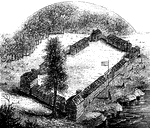
Boone's Fort
"Boone's Fort. This sketch is from a drawing by Colonel Henderson, and published in Collin's Historical…

Ramses II in Profile
"Ramses II was a powerful sovereign, called Sesostris by the Greeks, identified by many with the Pharaoh…
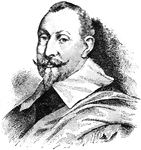
Gustavus Adolphus
"Gustavus Adolphus entered Germany at the head of 16,000 men. Among some of the Protestants there was…
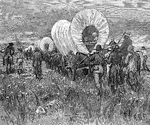
Western Train
"A western emigrant train. The occupation of the west. With every year the line of settlements was pushed…
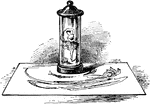
Anamorphoscope
"An optical toy consisting of a vertical cylindrical mirror which gives a correct image of a distorted…

Anamorphosis
"A method of drawing which gives a distorted image of the object represented when it is viewed from…

Abacus
An abacus is denoted primarily a square tablet of any description, and was hence employed in the following…
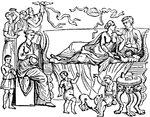
Accubatio
"The act of reclining at meals. The Greeks and Romans were accustomed, in later times, to recline at…
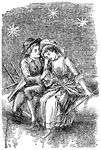
Shepherdess and Chimney-Sweep
Shepherdess and Chimney-Sweep from "The Shepherdess and Chimney-Sweep."

Shepherdess and Chimney-Sweep
Shepherdess and Chimney-Sweep from "The Shepherdess and Chimney-Sweep."
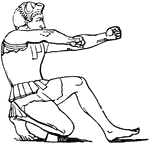
Arcus
"The bow used for shooting arrows, is one of the most ancient of all weapons, but is characteristic…
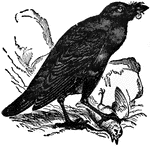
Raven
"The Raven is a large bird of the crow family. The raven has played an important part in mythology and…
